October 29, 2025
Data Shows Endangered Palau Ground Doves Swiftly Recovering After Successful Palauan Island Conservation Effort
Astounding evidence of recovery on Ulong Island in Palau after just one year!
Published on
July 19, 2018
Written by
noelle
Photo credit
noelle
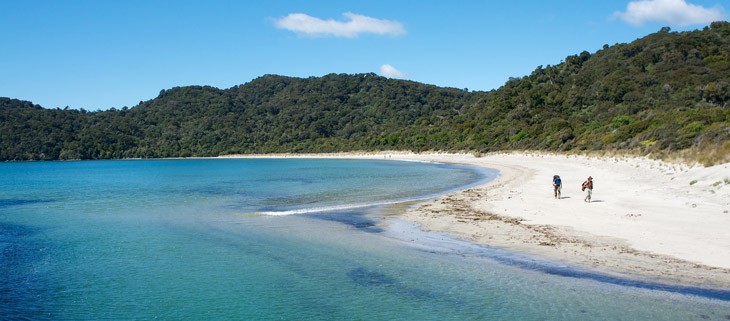
The bird was named the Whenua Hou Diving Petrel (Pelecanoides whenuahouensis sp. nov). So far the entire population has been estimated at 250 birds, all living on a 1 km sand strip.
This exciting discovery is the result of a joint research project between the New Zealand Department of Conservation (DOC), Victoria University of Wellington, the Museum of New Zealand Te Papa Tongarewa and the Chizé Centre for Biological Studies in France. According to Victoria University student Johannes Fischer, who worked on the project for his Master’s thesis, the researchers compared birds from the Whenua Hou population with museum specimens from all over the world to find the differences. Fischer commented:
Until now, it was assumed this was a population of South Georgian Diving Petrels. However, we discovered differences in the birds’ size, shape and color. They’re also the only diving petrel known to breed entirely within a sand dune environment. Together, these differences are enough to identify them as a separate species based on the IUCN Red List of Threatened Species criteria.”

In order to come up with a name for the new species, Fischer worked with representatives from Southland’s four Ngāi Tahu rūnanga. Department of Conservation seabird researchers Dr. Igor Debski and Graeme Taylor were very involved in the research with Fischer and are now working on a conservation plan. Even before being recognized as a new species, the petrels were viewed as a threatened population. Taylor said:
Although the island is predator free, and the birds are safe from predation, there are still large threats facing this small population. Sand dunes are particularly vulnerable to erosion and turbulent seas have cut away much of their habitat. Climate change and storm surges also threaten the species’ survival.”
The researchers believe that the species survival will depend on vigilant biosecurity to prevent invasive species from reaching the island. Limiting human activity will also help preserve the fragile sand dune ecosystem. Fischer plans on continuing monitoring as part of his PhD research. Hopefully as detailed knowledge is gained, conservationists will be able to establish effective protection measures that will help the species thrive.
Featured photo: Beach on Stewart Island. Credit: mikeccross
Check out other journal entries we think you might be interested in.

October 29, 2025
Astounding evidence of recovery on Ulong Island in Palau after just one year!
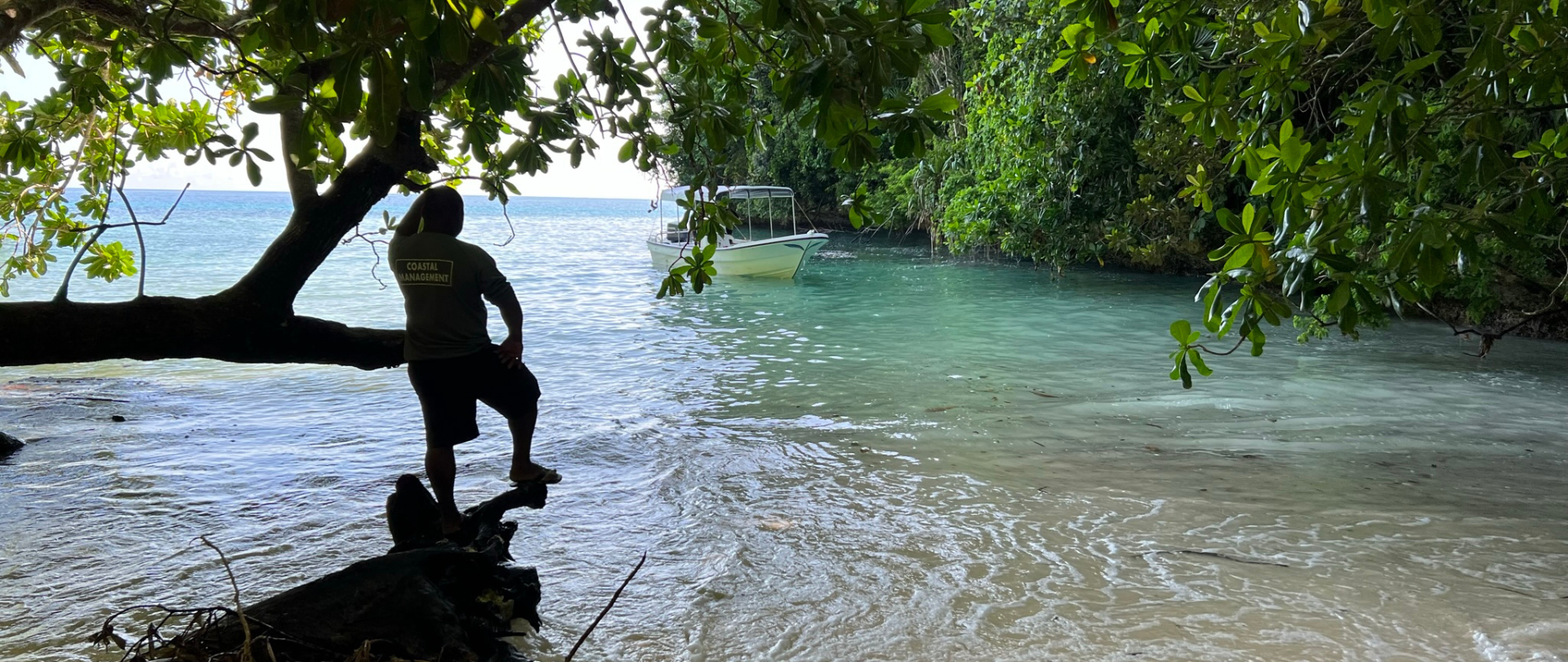
May 19, 2025
Read our position paper on The 3rd United Nations Ocean Conference (UNOC 3) to see why we're attending and what we aim to accomplish!
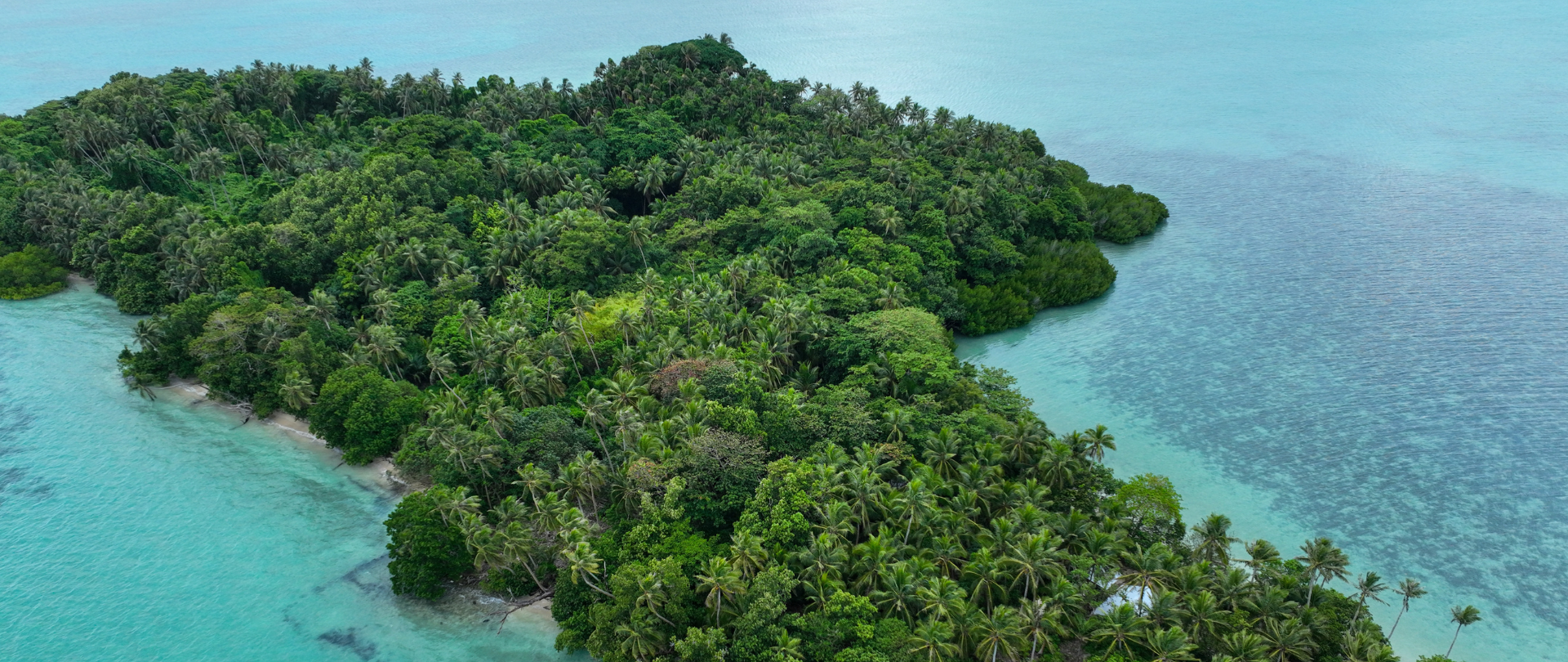
December 4, 2024
Ann Singeo, founder of our partner organization the Ebiil Society, shares her vision for a thriving Palau and a flourishing world of indigenous science!
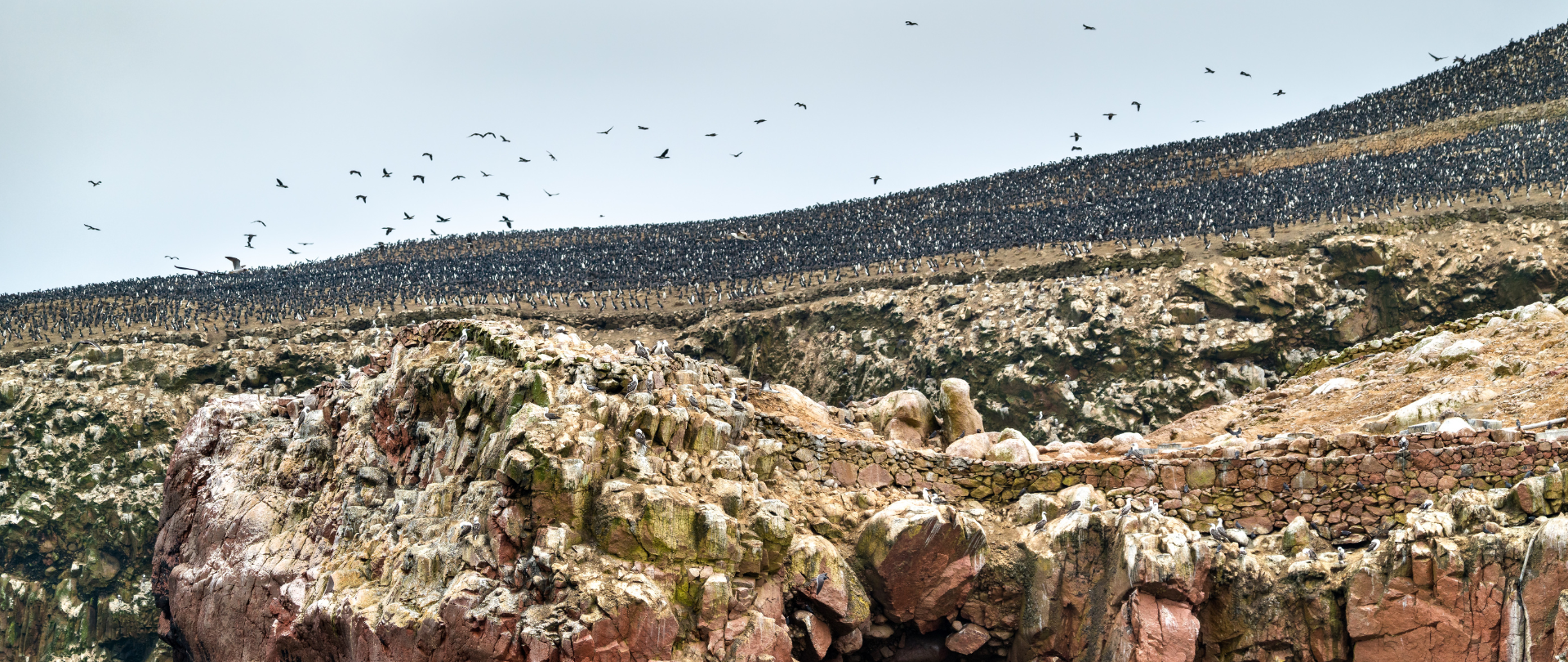
November 22, 2024
This historic agreement aims to protect the marine and coastal areas of the Southeast Pacific.
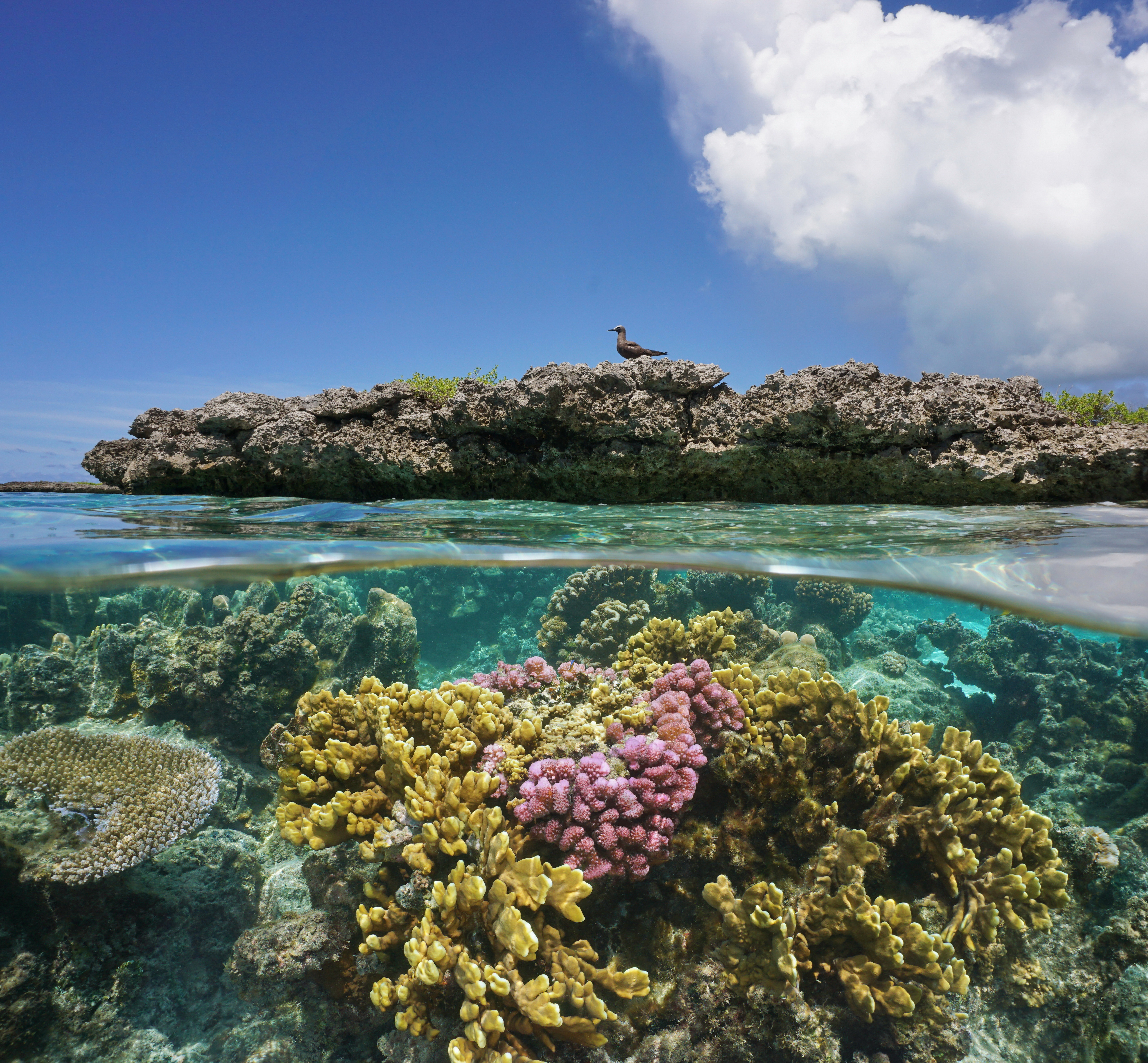
November 18, 2024
Our projects to restore key islets in Nukufetau Atoll forecast climate resilience and community benefits in Tuvalu!

October 3, 2024
Island Conservation and partners have published a new paper quantifying ecosystem resilience on restored islands!
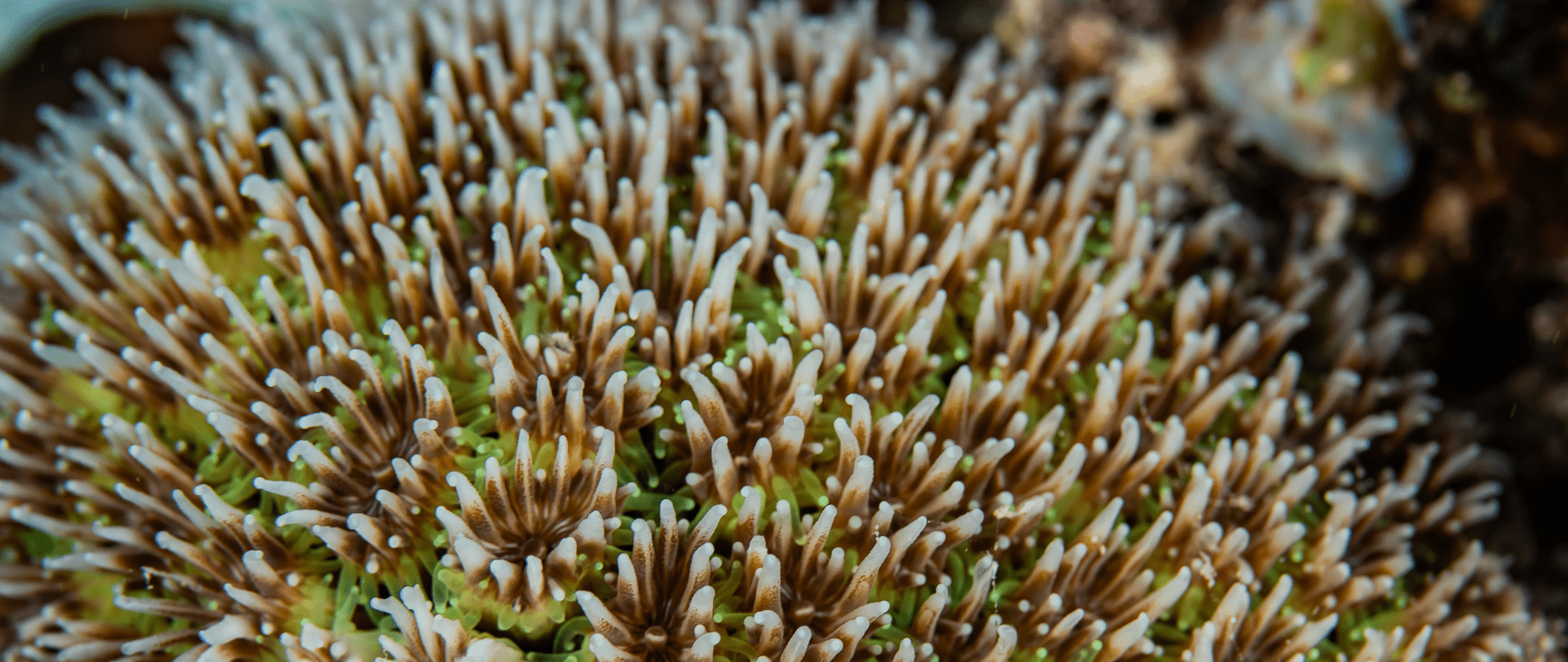
September 10, 2024
Climate Week NYC: what is it and why is it important? Read on to find out why Island Conservation is attending this amazing event!
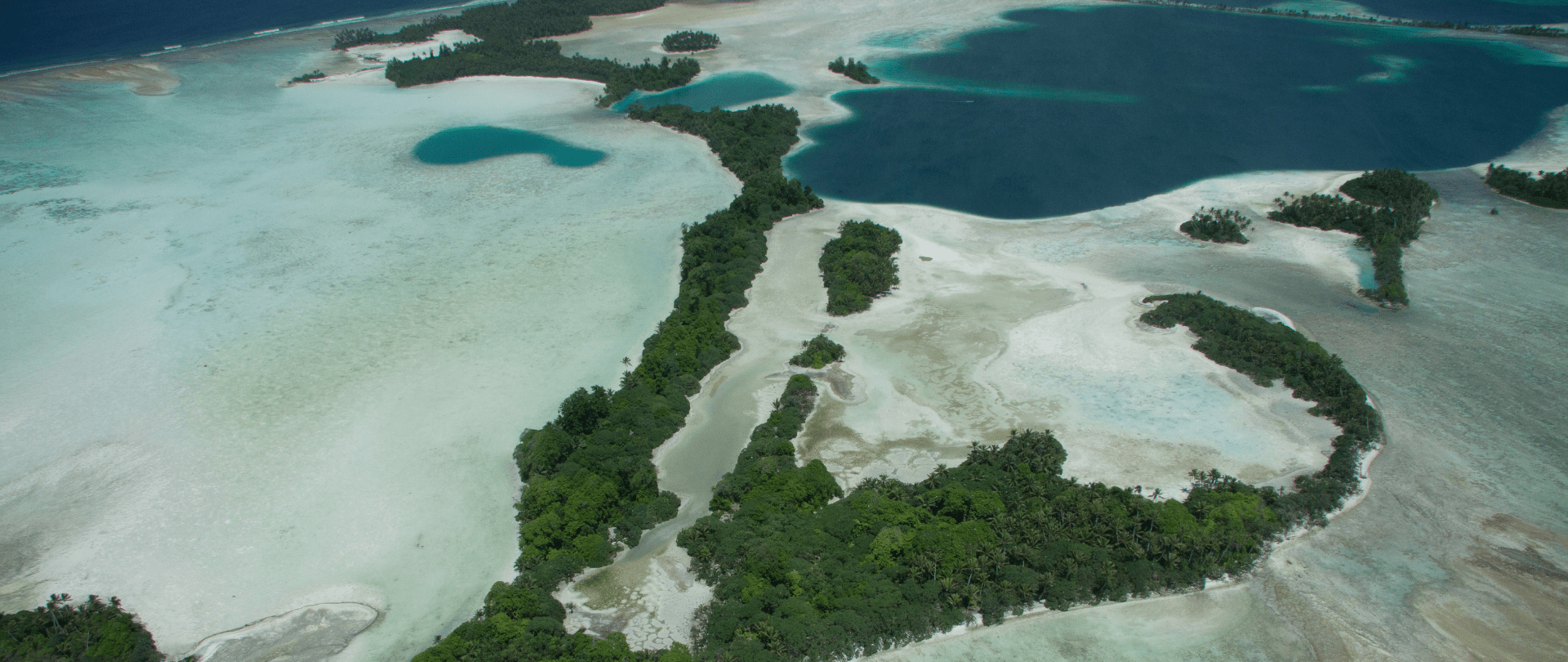
September 5, 2024
With sea levels on the rise, how are the coastlines of islands transforming? Read on to find out how dynamic islands really are!

December 14, 2023
Join us in celebrating the most amazing sights from around the world by checking out these fantastic conservation photos!
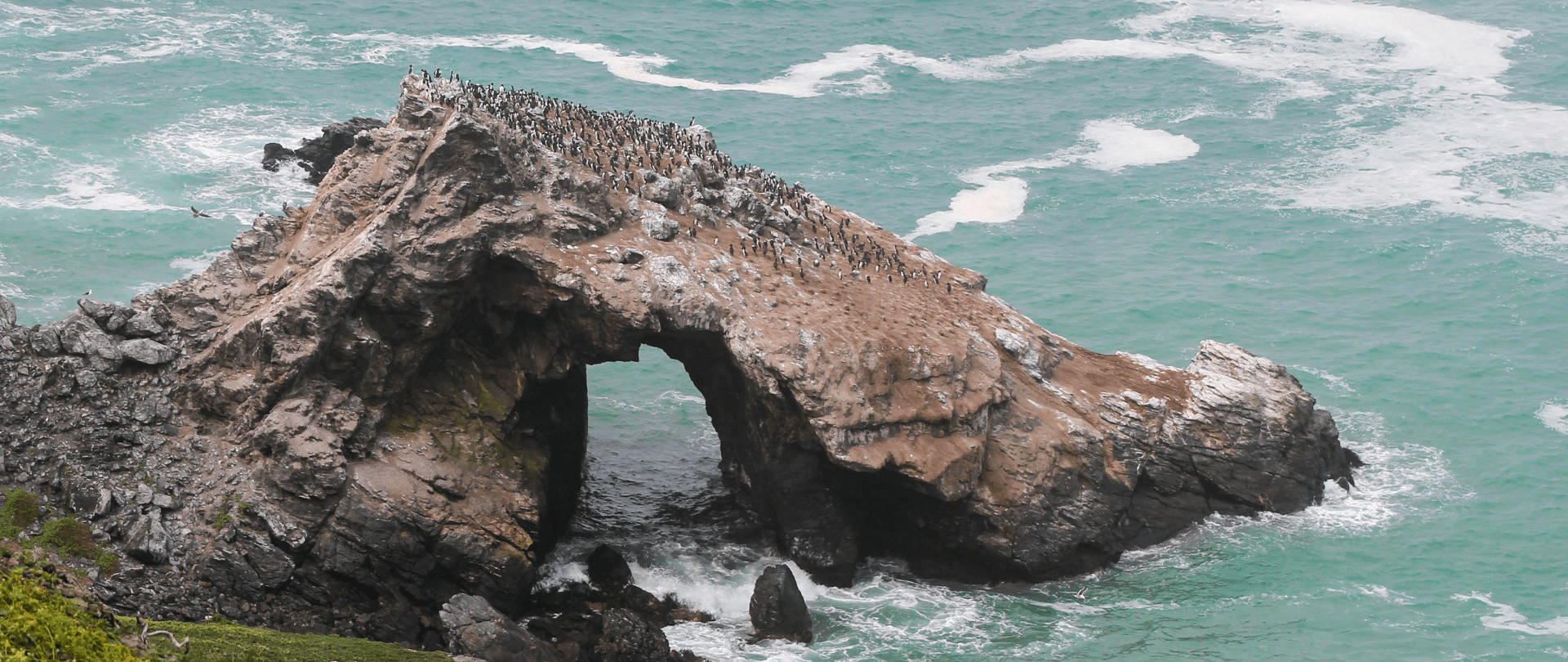
November 28, 2023
Rare will support the effort to restore island-ocean ecosystems by engaging the Coastal 500 network of local leaders in safeguarding biodiversity (Arlington, VA, USA) Today, international conservation organization Rare announced it has joined the Island-Ocean Connection Challenge (IOCC), a global effort to…